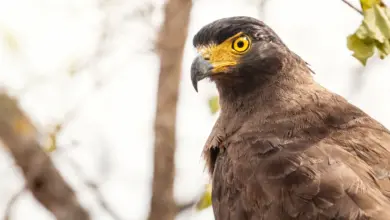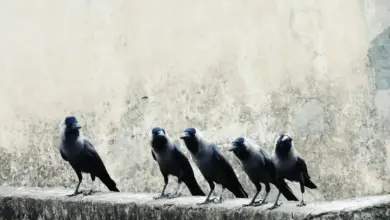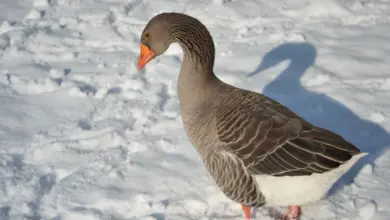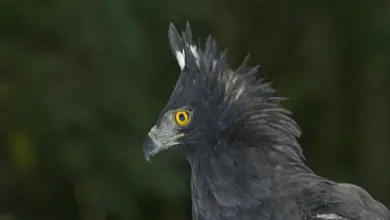The Slaty-capped Flycatchers, Leptopogon superciliaris, is a small passerine bird in the tyrant flycatcher family.
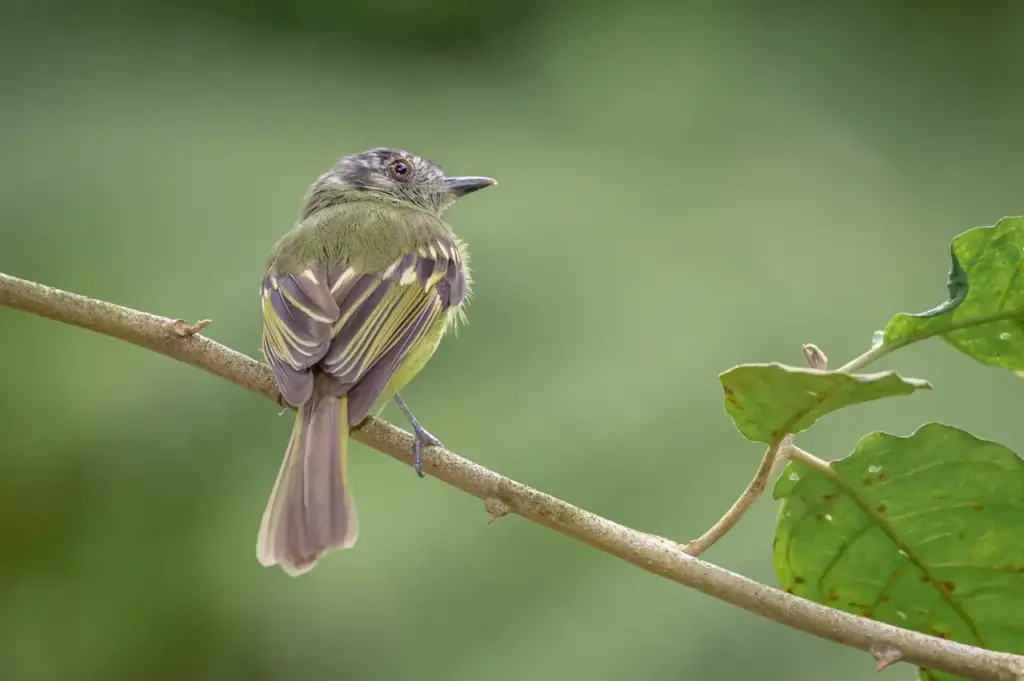
Slaty-capped Flycatchers Distribution / Range
It breeds from Costa Rica through Colombia and northern Venezuela to northern Bolivia, Ecuador, and Peru. It also occurs in Trinidad.
This species is found in forests and woodland edges.
Diet / Feeding
Slaty-capped flycatchers are seen alone or in pairs, perched in the open, or catching insects in flight or from foliage. They also frequently eat berries.
Nesting / Breeding
The nest is a ball lined with fine plant fibers, with a side entrance. It is suspended by a tendril or root and built in a heavily shaded area, such as a rock cleft or under-hanging vegetation at the top of a bank.
The typical clutch is two white eggs. The chicks fledge about 20 days after hatching.
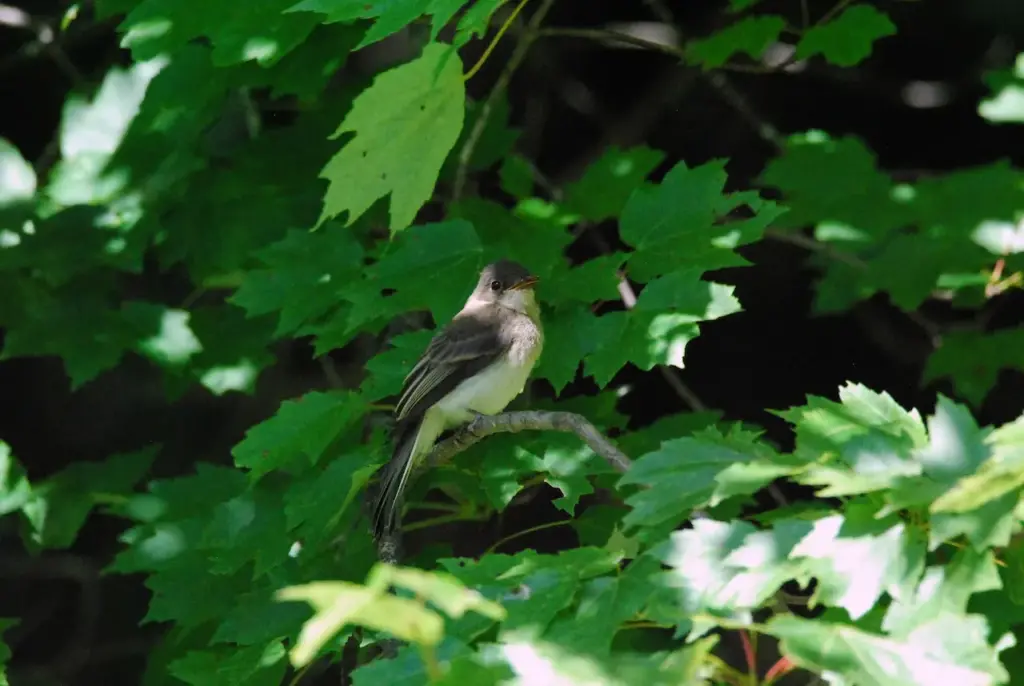
Description
The adult Slaty-capped Flycatcher is 14 cm long and weighs 12.6g. The head has a dark grey crown, grey and white face, grey supercilium (line above eye), and black crescentic ear patch.
The upperparts are olive-green and the dusky wings have two yellowish wing bars. The throat is whitish and the breast is greenish yellow shading to yellow on the belly. The long heavy bill is black above and pink-based below.
Males and females look alike, but young birds have a more olive crown, weaker face pattern, orange wing bars, and paler underparts.
Call / Vocalization
They have a sharp switch-choo call.

